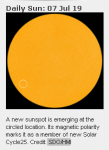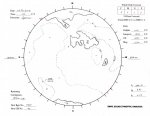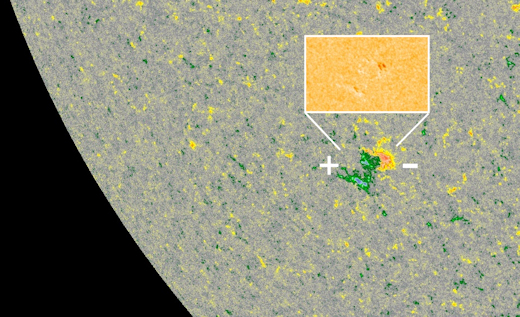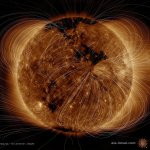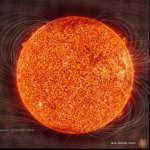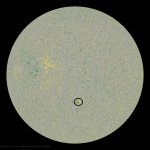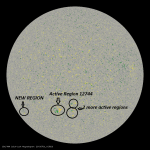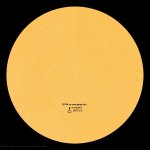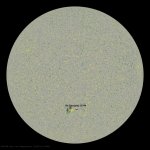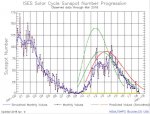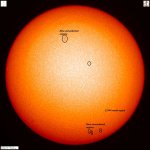pjxii
Member
This headline intrigued me enough to read the full article in Nature.
Grand Solar Minimum may lie ahead according to an article in Nature
The full article in Nature seems mainly a study/discussion for terrestrial temperatures, but has great significance for our hobby, of course.
Oscillations of the baseline of solar magnetic field and solar irradiance on a millennial timescale
Warning: it is not a quick and easy read, yet even I am able to understand (most of) it so...
Grand Solar Minimum may lie ahead according to an article in Nature
The full article in Nature seems mainly a study/discussion for terrestrial temperatures, but has great significance for our hobby, of course.
Oscillations of the baseline of solar magnetic field and solar irradiance on a millennial timescale
Warning: it is not a quick and easy read, yet even I am able to understand (most of) it so...


